

Ben Zachariah
Video: Off-road battle for Beer O’Clock Hill has automakers scrambling
12 Hours Ago
The Rolls-Royce Spectre has now hit the Green Hell for some high-speed testing ahead of its global launch in the fourth quarter of 2023.

Contributor
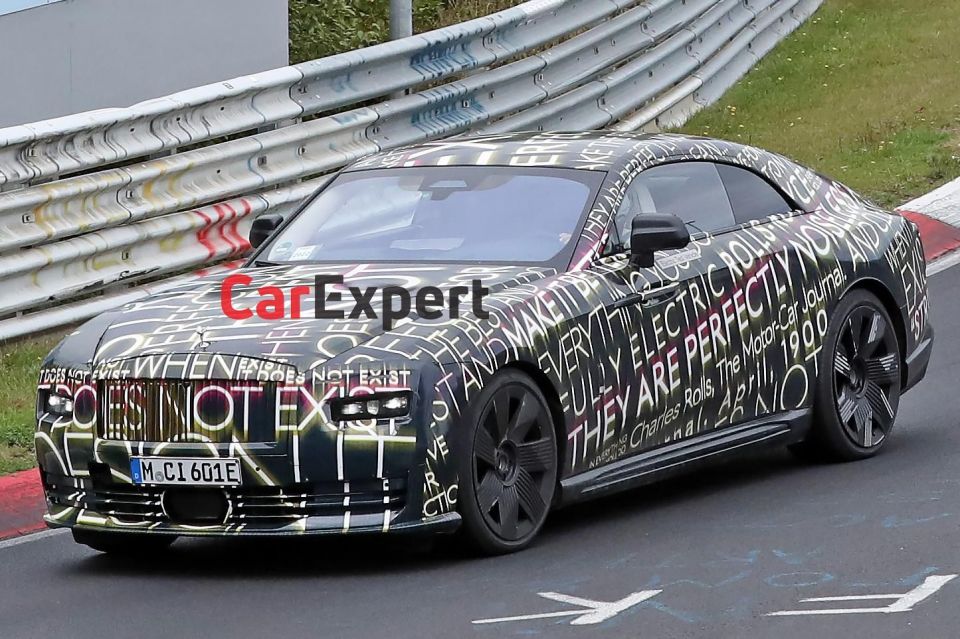

Contributor
The upcoming Rolls-RoyceSpectre – the company’s first production EV – has been snapped testing at the Green Hell ahead of its global launch in the fourth quarter of 2023.
The 2024 Rolls-Royce Spectre grand tourer represents the start of Rolls-Royce’s transition to an electric-only range by 2030.
Rolls-Royce has already been taking deposits for the Spectre in Australia and has said it’s doing its “level best” to get it here at the same time as other markets.
The Spectre has been spied in its current prototype form with the large Rolls-Royce writing for almost 12 months now with no obvious changes to the exterior design.
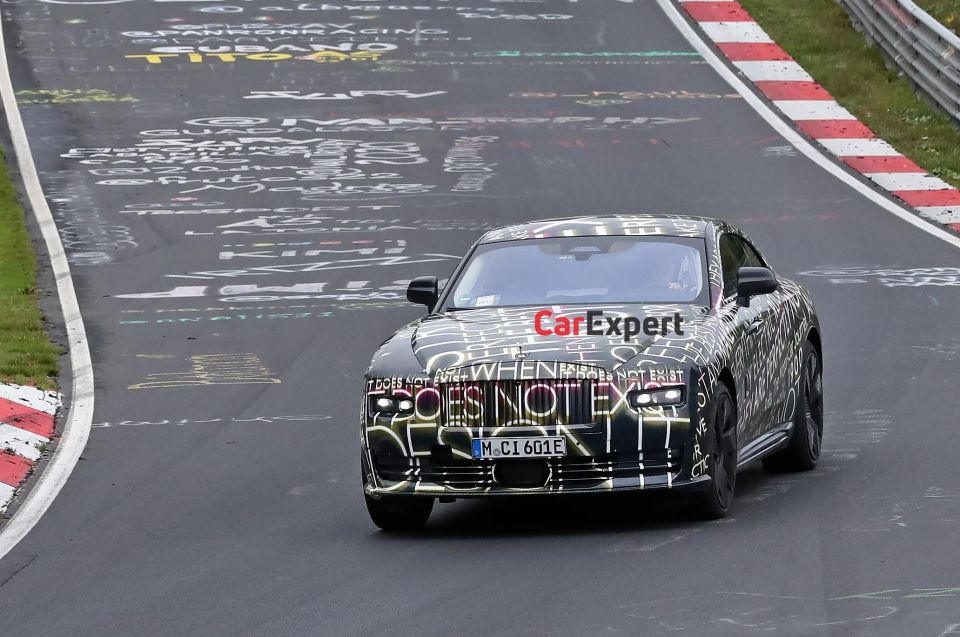
While Rolls-Royce has been very open in showing off the Spectre’s exterior, it’s remaining tight-lipped as to its power and torque outputs.
The Rolls-Royce Spectre is rumoured to feature a dual-motor all-wheel drive electric powertrain, potentially producing between 447kW and 485kW of power.
Don’t go expecting Tesla-rivaling antics in the stately tourer: the company has said it will specialise in “waftability”, and that the acceleration will feel like a Gulfstream private jet taking off.
Said to be a spiritual successor to the Phantom Coupé, the Spectre two-door coupe is built on Rolls-Royce’s new aluminium ‘Architecture of Luxury’, which also underpins the current Phantom, Ghost and Cullinan.
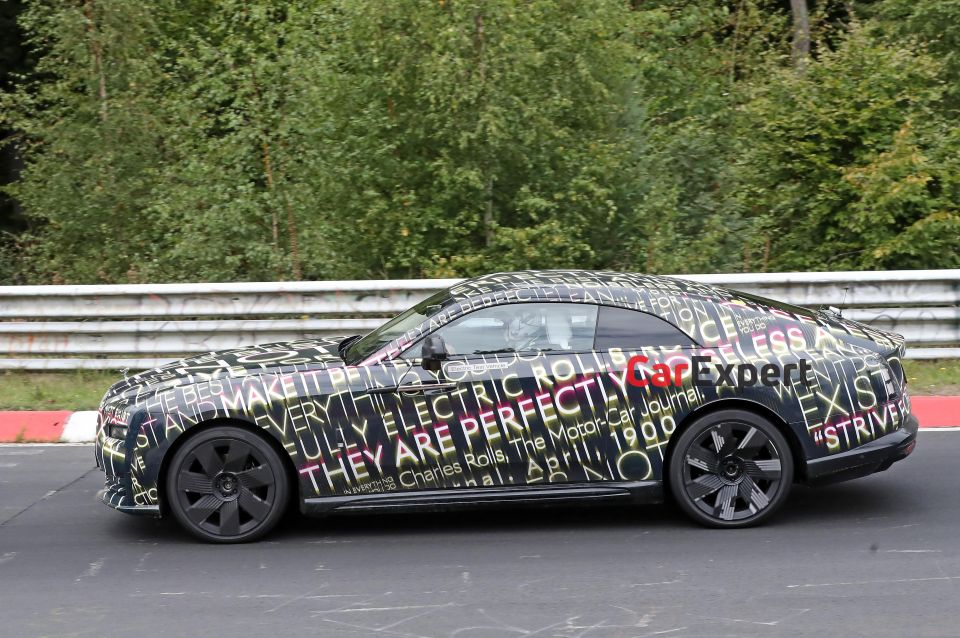
Rolls-Royce says the Spectre is 30 per cent more rigid than its existing range of vehicles due to integrating the battery into the aluminium spaceframe architecture.
On the design front, the Spectre features a split-headlight design that’s reminiscent of the Phantom Coupé. It’ll also be the first Rolls-Royce to be fitted with 23-inch wheels since 1926.
It has pillarless coach doors that measure 1.5 metres long, which are the longest in Rolls-Royce history.
Despite the imposing styling, Rolls-Royce says the electric coupe has a drag co-efficient of 0.25.
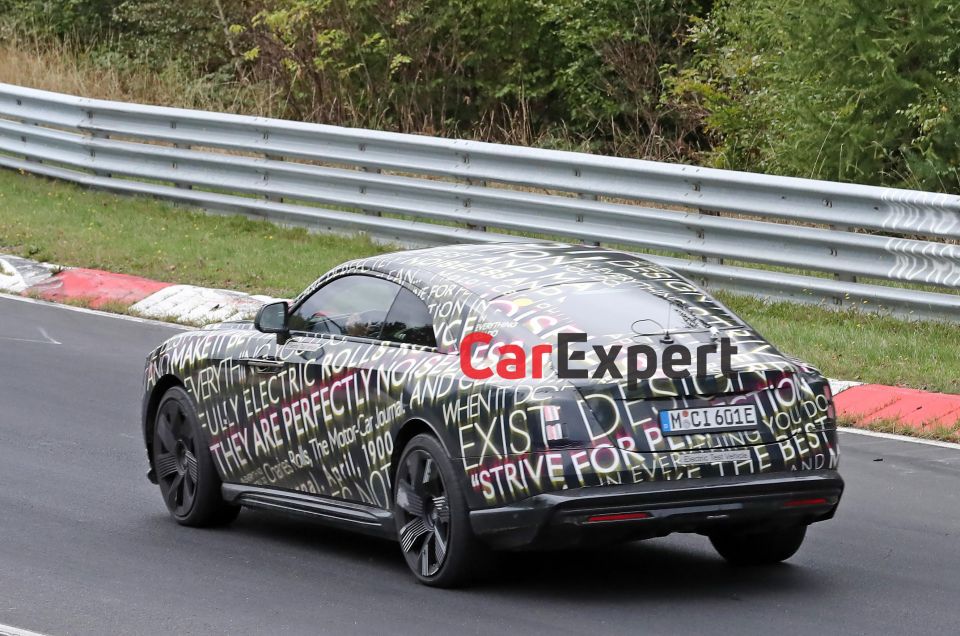
Rolls-Royce is currently testing and refining a new suspension technology for the Spectre which apparently ensures the all-electric grand tourer delivers the hallmark “magic carpet ride”.
The company also says the Spectre has a sophisticated electronic roll stabilisation system that can decouple the anti-roll bars on straight roads, which prevents the rocking motion when a car hits an undulation.
When cornering, on the other hand, the suspension dampers stiffen and the four-wheel steering system prepares to be activated.
Our spy photographers got another brief look at the interior of the Spectre which features a similar centre stack design to the brand’s combustion-powered lineup.

It does have a digital instrument cluster and infotainment touchscreen that appear to be located in the same assembly.
This is similar to the BMW Curved Display in recent BMW products like the i4 and iX, and the Rolls-Royce is expected to use a version of the latest iDrive 8 operating system with a bespoke user interface.
Although Rolls-Royce is now embarking on its current journey to an all-electric future, it’s no stranger to electric power.
Co-founder of the original Rolls-Royce Limited company, Charles Rolls, explored the possibilities of EVs back at the start of the 20th century.
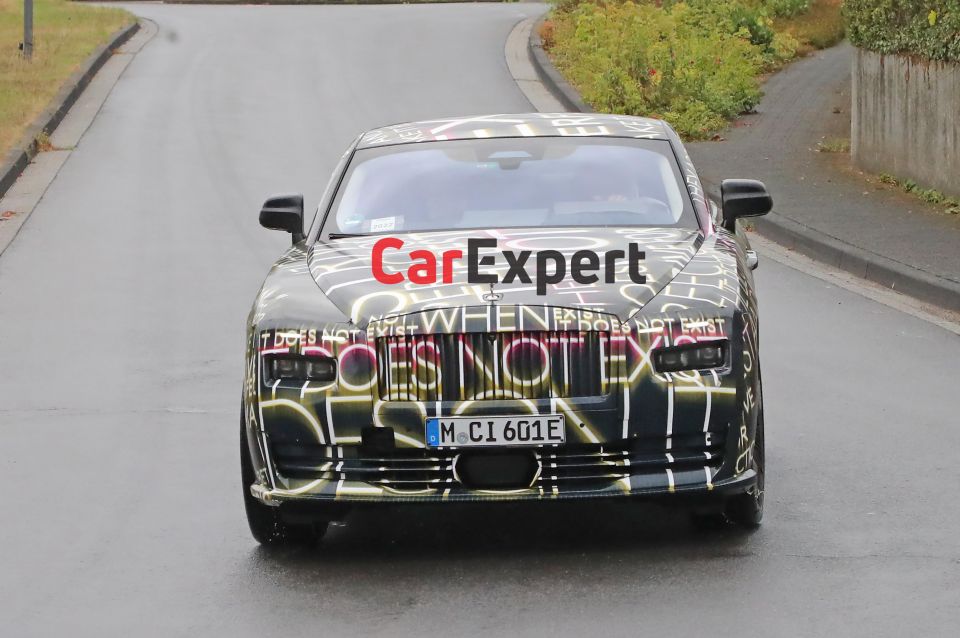
“The electric car is perfectly noiseless and clean. There is no smell or vibration, and they should become very useful when fixed charging stations can be arranged,” said Mr Rolls in an interview with The Motor-Car Journal in April 1900.
“But for now, I do not anticipate that they will be very serviceable – at least for many years to come.”
After decades of purely petrol power, Rolls-Royce explored EVs in 2011 with the Phantom Experimental Electric (aka 120EX), which was a fully-operational, road-legal prototype of an electric Phantom albeit one not intended for production.
Based on the contemporary Phantom, the 102EX had a pair of electric motors on the rear axle producing a total of 290kW of power and 800Nm of torque.
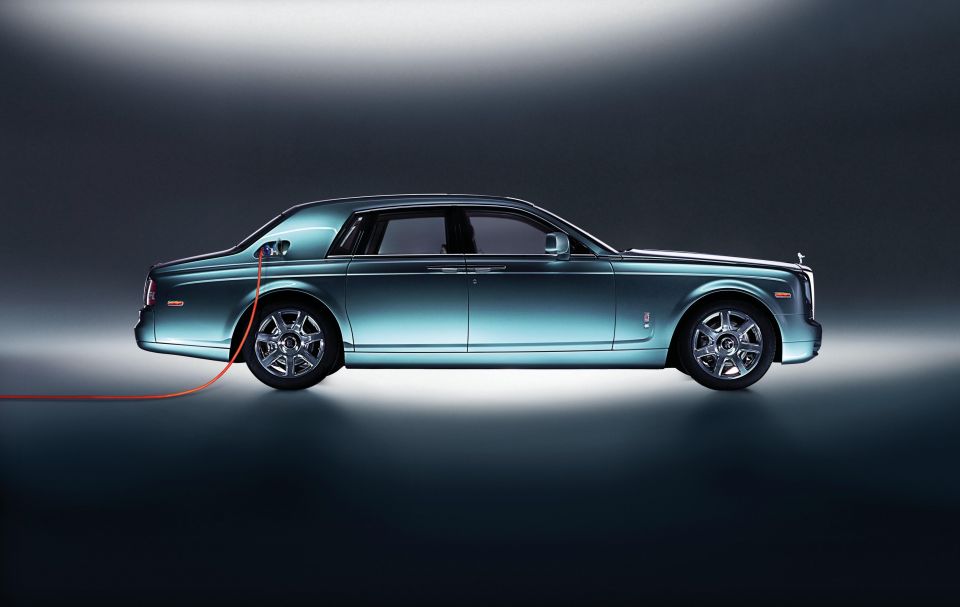
Its 0-60mph (0-97km/h) time was said to be under eight seconds, considerably slower than the V12 Phantom’s 5.7 second sprint.
Its biggest downside – and reportedly the reason development was stopped – was its range, at just 200km.
Rolls-Royce then debuted the Vision Next 100 (aka 130EX) concept car in 2016, again an experimental car powered by an electric powertrain albeit with a unique platform and autonomous driving technology.
Click an image to view the full gallery.
MORE: 2024 Rolls-Royce Spectre spied inside and out MORE: 2024 Rolls-Royce Spectre EV testing enters new phase MORE: Rolls-Royce Spectre completes winter testing MORE: Rolls-Royce going electric-only by 2030, led by 2023 Spectre MORE: Rolls-Royce accepting deposits for electric Spectre in Australia
Where expert car reviews meet expert car buying – CarExpert gives you trusted advice, personalised service and real savings on your next new car.
Jack Quick is an automotive journalist based in Melbourne. Jack studied journalism and photography at Deakin University in Burwood, and previously represented the university in dance nationally. In his spare time, he loves to pump Charli XCX and play a bit of Grand Theft Auto. He’s also the proud owner of a blue, manual 2020 Suzuki Jimny.


Ben Zachariah
12 Hours Ago


CarExpert.com.au
20 Hours Ago


Damion Smy
1 Day Ago


Damion Smy
2 Days Ago


Damion Smy
2 Days Ago


Damion Smy
2 Days Ago